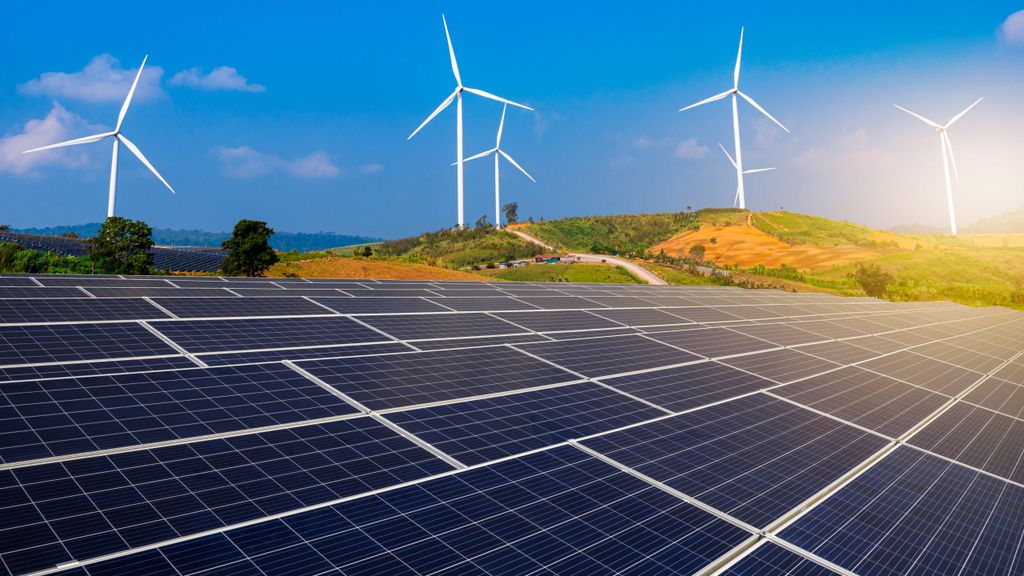Climate and Energy Summit 2025
Next event In person & livestreamed

- Area of Expertise
- Climate, Energy & Natural Resources
Climate, Energy & Natural Resources

Lead Author at the Intergovernmental Panel on Climate Change
From 24 June, the Energy Charter Treaty will ensure that the EU Green Deal sleepwalks into its doom by crippling its ability to decide on its energy strategy for the future. A multilateral agreement from the nineties protecting foreign investment in energy supply by means of private arbitration, the ECT groups a total of 52 countries – including the EU and its member states (except Italy), Japan, Turkey, the UK, the Energy Community, and central Asian countries. The primary objective of the ECT is to ensure the flow of energy supply from east to west. However, the reason d’être of this treaty became obsolete after Russia’s decision to withdraw in 2009. Now, the ongoing energy crisis confirms its uselessness, both from energy security and geopolitical perspectives.
The recent IPCC report identified investment protection under the ECT through investor-state-dispute settlement (ISDS) mechanisms, as something which aids “fossil-fuel companies to block national legislation aimed at phasing out the use of their assets”. In other words, countries party to the ECT lost their sovereignty on their energy and climate policies. Effectively, foreign investors have the power to slow, cancel or increase the cost of climate action of EU countries via the ISDS mechanism under the ECT. Ignoring this power is enough to usher in the death knell for the EU Green Deal.
Since 2013, the ECT has been used mainly by EU-based investors against EU countries. The European Court of Justice (ECJ) confirmed in a recent opinion that intra-EU disputes under the ECT are not permitted under EU law. However, the ECJ ruling is silent about the application of its opinion to ongoing claims. Importantly, international arbitration institutions such as ICSID from the World Bank group are unlikely to implement the ECJ opinion.
None of the contracting parties have committed to fully phasing out the protection of investments in fossil fuels
As of today, the ECT has been used at least 150 times by investors, claiming in total €110bn in compensation for changes in national energy laws that would reduce their profits. The history of these claims is Europe-wide. In 2017, a threat under the ECT by a Canadian company resulted in the watering-down of French law on ending exploration of fossil fuels. It is worth noting that Canada is not party to the ECT. However, a mailbox company located in a country party to the ECT is enough to sue other contracting parties. Such a legal loophole hamstrings governments to companies who do not have their national decarbonisation plans in their best interests. In 2019, Nord Stream 2, a subsidiary of the Russian Gazprom, sued the EU for extending to third-party countries the EU requirements of unbundling activities in the energy sector. In 2020, Germany offered investors more than €4bn – taxpayer’s money that should have gone towards a clean energy transition – for the premature closure of two coal power plants on the condition that the owners would not sue the German government under the ECT. The decision was based on the previous claims for more than €4bn from Swedish company Vattenfall. Finally, in 2021, UNIPER sued the Netherlands for the early phase-out of coal power plants. This decision was the response of the Dutch government to the Dutch court’s requirement to increase climate ambitions.
The high number of claims against EU member states has led the European Commission to put pressure on other contracting parties to launch a process to modernise the treaty. For the past two years, 14 negotiation rounds occurred under the leadership of Lukas Stifler from Austria and the ECT Secretariat headed by Guy Lentz from Luxembourg.
The official aim of the modernisation of the ECT is to align it with the Paris climate goal. However, as of today, none of the contracting parties have committed to fully phasing out the protection of investments in fossil fuels. While true that the EU proposed to stop protecting new foreign investments in fossil fuels, it aimed to placate contracting parties of the ECT by still maintaining protection of existing investment in fossil fuels until 2030, and in gas power plants until 2040. Despite this proposal itself being climate unfriendly, the EU proposal was rejected by other contracting parties.
To be climate neutral by 2050, the EU must start phasing-out fossil fuels installations during this decade
Faced with the failure of the ECT modernisation, the ECT Secretariat proposed the so-called ‘flexibility mechanism’. This would mean amending the treaty, which requires a unanimous vote of all contracting parties, to introduce new articles to change the annexes and determine which energy sources to protect by each contracting party. Importantly, changes in the annexes do not require an amendment of the ECT, and each contracting party will decide unilaterally the timeline for the phase-out of fossil fuels, or for introducing new energy sources to protect such as hydrogen.
It is likely that ECT contracting parties will agree on 24 June on the proposal to allow an à la carte application of the investment protection mechanism under the ECT. For EU countries, this would lead to maintaining the protection of existing foreign investments in fossil fuels until 2030 and in gas power plants until 2040. In other words, this will bring an end to the EU climate neutrality target unless existing finance allocated to the EU Green Plan will be used to compensate investors. In fact, to be climate neutral by 2050, the EU must start phasing-out fossil fuels installations during this decade.
Negotiations on the ECT modernisation are ignored by EU energy and climate ministers. The call for higher climate ambitions from energy and climate ministers from Austria, Denmark, Finland, Germany, Ireland, Luxembourg, Spain, Sweden and Slovakia when considering what EU instruments need revising under Fit For 55 does not mention the lock-in-effect of the flexibility mechanism. The proposal of the flexibility mechanism has been cast as a success story out of the ECT modernisation, when really it is a failure of grand proportions.
The last EU Council meeting under the French presidency will also take place on 24 June. President Macron could become the true climate leader lacking in the EU. The agenda of this meeting should include the withdrawal of EU countries altogether from the ECT and an agreement to cancel the sunset clause which maintains ECT protection for twenty years more. Will Macron’s presidency be known in the history books as the one which locked the EU in carbon forever, or will it be the one that ultimately led to a cleaner, brighter future? We will have our answer after 24 June.
Next event In person & livestreamed

Past event In person & livestreamed

Past event In person & livestreamed

Past event In person & Livestreamed





Stay informed
We use cookies and similar technologies to adjust your preferences, analyze traffic and measure the effectiveness of our campaigns. Learn more about our privacy policy.